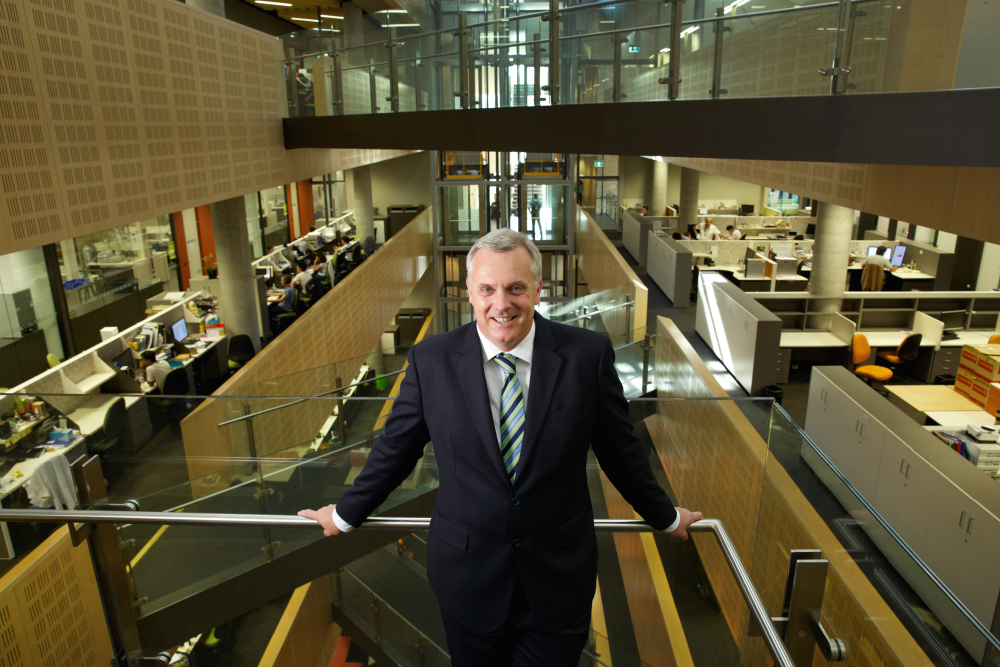
This year will be an exciting one for UNSW Engineering, and I’m pleased that we have started 2019 with a spring in our step.
In the QS World Rankings of universities, UNSW Engineering has done one better than last year when we were judged equal best institution teaching engineering: we are now No.1 outright in Australian institutions offering engineering degrees.\
This is welcome news for our academic staff who have worked tirelessly to prepare our budding engineers with the most advanced knowledge and practical skills to take out into industry.
For our students, it is confirmation that they have chosen wisely by picking UNSW to study Engineering. In fact, this year we have more than 16,000 of them studying Engineering at UNSW this year – a record number for this university, and indeed a record in any Australian educational institution.
What also makes 2019 an exciting year for students and academics alike is the move from semesters to trimesters in the teaching calendar – known as UNSW3+. Students will now undertake three 10-week terms instead of two terms made up of 13 teaching weeks.
Some of the advantages of UNSW3+ include a better alignment with our Northern hemisphere partners’ calendars and a new flexibility to spread study load over the year while taking on fewer subjects per term.
But arguably the biggest benefit to engineering students is the way the changes further streamline the learning experience.
Now students will be able to complete their off-campus, educational experiences including industrial placement, overseas aid projects or even working on their own startups in a trimester term of their choice. Up until now, students often deferred their studies while they obtained this experience or tried to squeeze it into the December-January break – not the best time of years for employers.
An example of students applying their knowledge and gaining such experience in a real-world situation is outlined in a story featuring in this newsletter. Eight students went to Yangon Technical University in Myanmar in January to build a lab scale industrial waste water treatment process control where it was declared a success.
Following on with the theme of water in this newsletter, there are stories reflecting the most significant grand challenge of our time: ensuring all people in the world have access to fresh drinking water, protecting water for agriculture and finding solutions to conserve the ever-shrinking water resources in river systems throughout the world.
We have a growing global population which needs clean drinking water while a lack of clean drinking water is the greatest cause of infant mortality in the world. One possible solution covered in this newsletter is the discovery of a revolutionary way to cheaply make highly efficient and portable water filters from liquid metals that can remove heavy metals from drinking water. There is also a story about a UNSW-led project that deals with removing PFAS contaminants from our waterways. And a study conducted by UNSW engineers reveals why, counter-intuitively, global water supplies are falling while rainfall is rising.
Also in the newsletter are stories about how our academics are helping Australian water authorities manage their assets, such as by providing guidelines and recommendations on how to minimise risks of legionnaire’s disease in groundwater treatment works, or monitoring harmful or nuisance blue-green algae around one of Australia’s largest water utilities.
What links all these stories is a passion and commitment shown by our academics and our students to tackle real-world problems and ultimately improve humanity and the health of this planet.
It is one reason why industrial placements and off-campus experience is so highly valued by the Faculty as well as by the students themselves.
